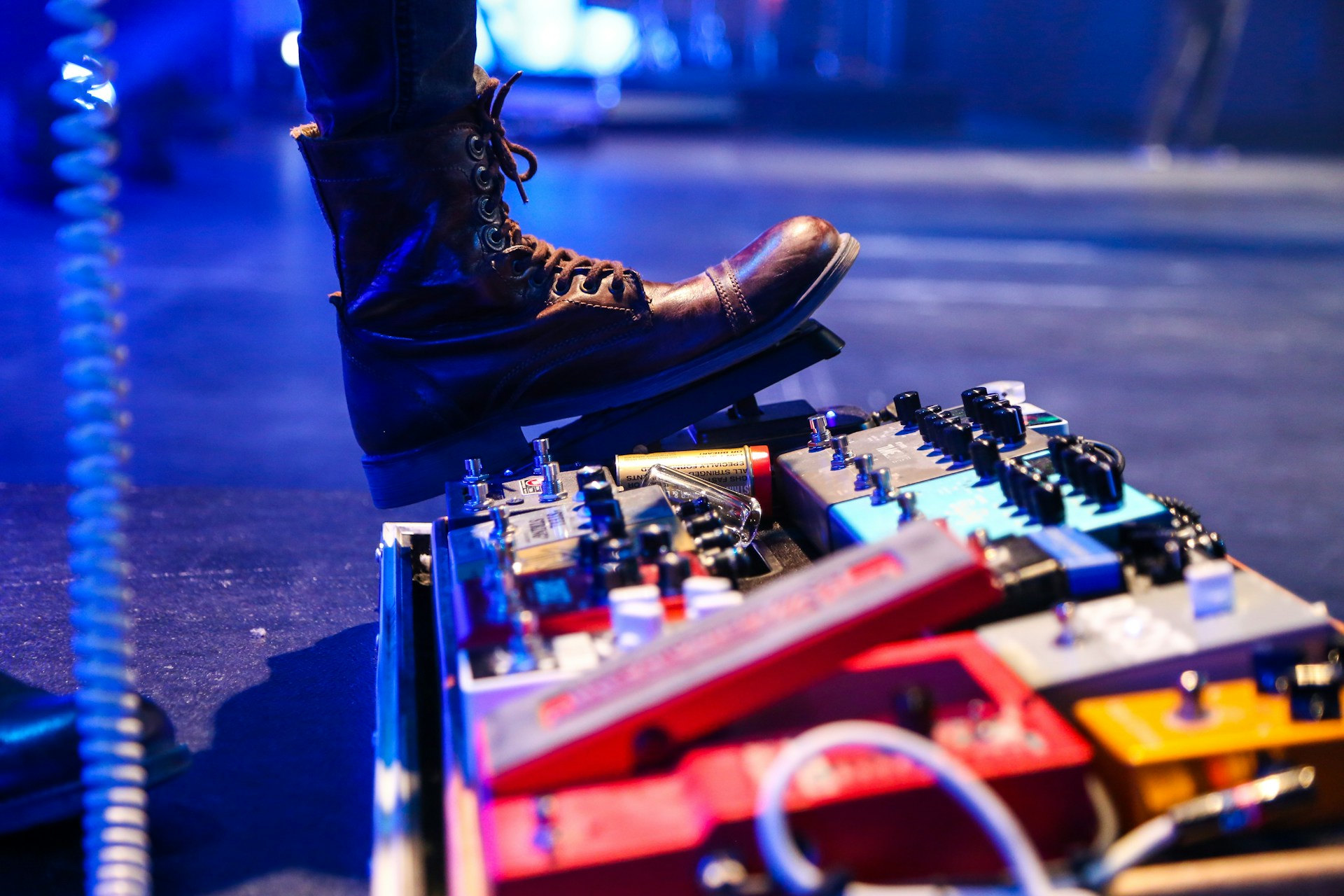Unveiling the Role of Acoustic Studio Pedal Boards in Modern Music Production
Contents
Table of Contents:
- Introduction to Acoustic Pedal Boards
- What Are Pedal Boards?
- How Pedal Boards Enhance Acoustic Performances
- Selecting the Right Pedal Board for Your Studio
- The Art of Arranging Your Pedal Board
- Innovative Use of Pedal Boards by Acoustic Artists
- Integrating Pedal Boards with Recording Software
- The Future of Pedal Boards in the Music Industry
- Conclusion: The Impact of Pedal Boards on the Artistic Process
Key Takeaways:
- Understanding the fundamental role of acoustic pedal boards in enhancing studio and live performances.
- Insight into the selection and arrangement of pedal boards for acoustic musicians.
- Integration of acoustic pedal boards with modern recording technologies.
- Maintenance suggestions for extending the life of your pedal board.
- Exploration of trends and future advancements in pedal board technology.
Introduction to Acoustic Pedal Boards
The landscape of modern music has been significantly altered with the advent of effects and amplification. Acoustic musicians, known for their rich, natural tones, have found unique value in using an acoustic pedal board to augment their sound. A pedal board offers these artists a tangible method to elevate and diversify their music without distorting the essence that defines acoustic music. Incorporating a pedal board into live and studio sessions equips musicians with the capability to experiment with sounds they can replicate with precision night after night, song after song.
What Are Pedal Boards?
The acoustic pedal board acts as a centralized hub for an array of effects pedals, enabling musicians to tailor their sound and explore sonic possibilities that were otherwise unreachable. Designed to be an extension of the musician’s instrument and abilities, pedal boards can accommodate everything from reverb to distortion, providing endless possibilities for crafting unique sounds. Their portability and convenience have made them indispensable on stage and in the studio, as they eliminate the clutter and complexity of managing individual pedals.
How Pedal Boards Enhance Acoustic Performances
Refinement, not revolution – that’s the role of a pedal board when it comes to acoustic music. Pedal boards can offer a spectrum of effects that, when used sparingly, can enhance an acoustic instrument’s resonance and warmth. Whether adding a subtle reverb to create a sense of space or delicate modulation to add texture, pedal boards help acoustic players deliver an enriched experience that remains true to their instrument’s innate voice.
Selecting the Right Pedal Board for Your Studio
When it’s time to choose a pedal board, musicians face many options, each with different features suited to diverse needs and preferences. Understanding individual requirements, such as the number of effects needed, connectivity, and portability, will guide musicians to the ideal board. It’s not just about the present but also anticipating future needs – a good pedal board should have ample space for additions and adaptations as the artist’s sound evolves.
The Art of Arranging Your Pedal Board
Arranging a pedal board is akin to crafting a personalized sound palette. A well-thought-out arrangement ensures the signal path from instrument to amplifier remains uncolored and pristine, reducing noise and interference. It also enables effortless accessibility mid-performance, a vital aspect for musicians deeply entrenched in their expressive state. Efficient pedal board organization provides peace of mind and a seamless sonic experience for the audience.
Innovative Use of Pedal Boards by Acoustic Artists
Many acoustic artists leverage pedal boards to open up new creative avenues. An example is the looping pedal, which can turn a solo performance into an orchestral experience, allowing for intricate layering and expanded musical arrangements. Other artists use pedal boards to simulate an ensemble of backing instruments, bringing a fuller sound to solo acts or small ensembles.
Integrating Pedal Boards with Recording Software
The merging of analog and digital technologies has revolutionized music production. Today’s recording software can seamlessly interface with pedal boards, opening up a world of options for processing and modifying sound. This harmonious relationship between traditional pedal boards and cutting-edge software means musicians can capture their ideal tones directly into their digital audio workstation, ensuring that what’s heard live can be precisely replicated in the studio.
The Future of Pedal Boards in the Music Industry
As the industry strides forward, the future of pedal boards looks bright with innovations that tempt the imagination. Development in materials and technology signals the start of an era where pedalboards are lighter, more durable, and increasingly integrated with digital peripherals. Forward-thinking manufacturers are exploring new ways to reduce environmental impact, indicating that eco-conscious designs will soon become a staple in pedal board manufacturing.
Conclusion: The Impact of Pedal Boards on the Artistic Process
The humble acoustic pedal board transcends its functional role, becoming a pivotal part of the artistic journey. It stands as a testament to the inventive spirit of musicians, embodying the harmonious blend of tradition and innovation. The pedal board has undoubtedly reshaped the canvas upon which musicians paint their sonic landscapes, proving to be an indispensable element in the alchemy of music production.

